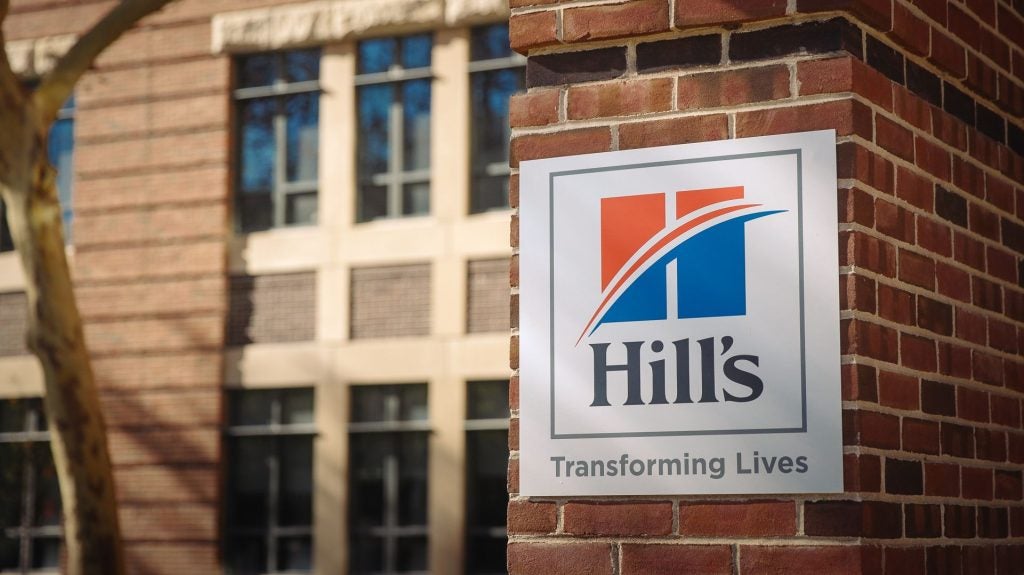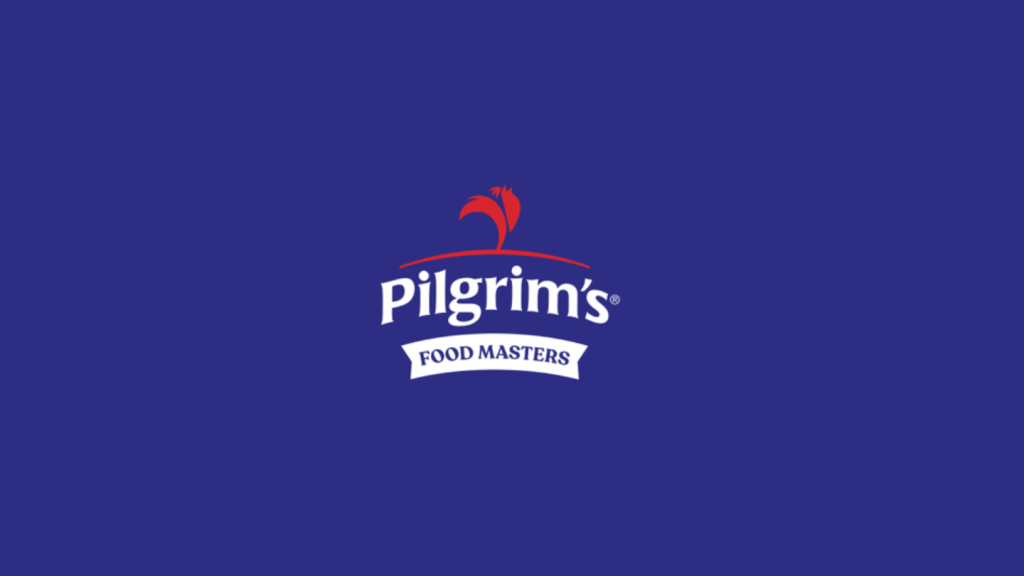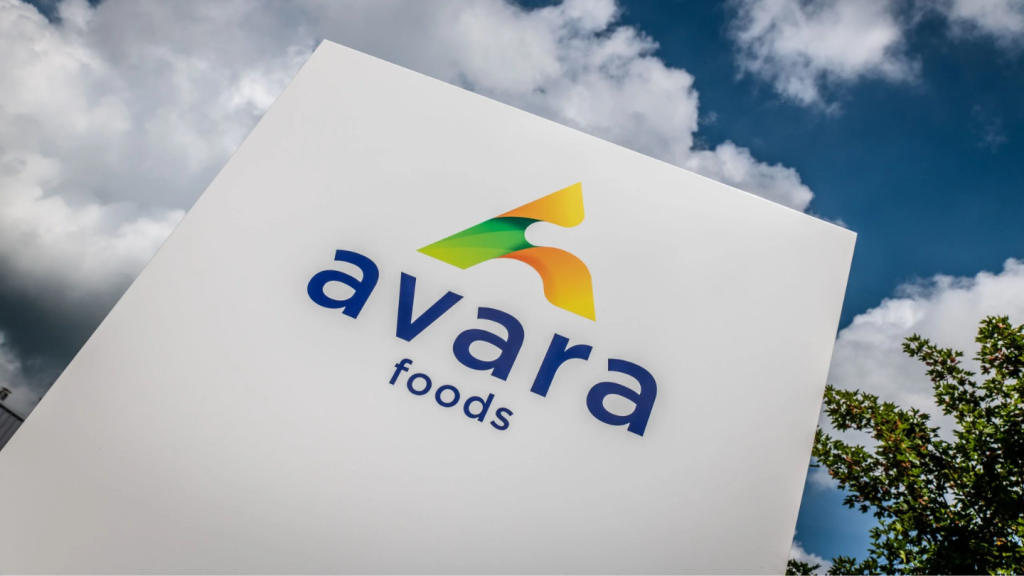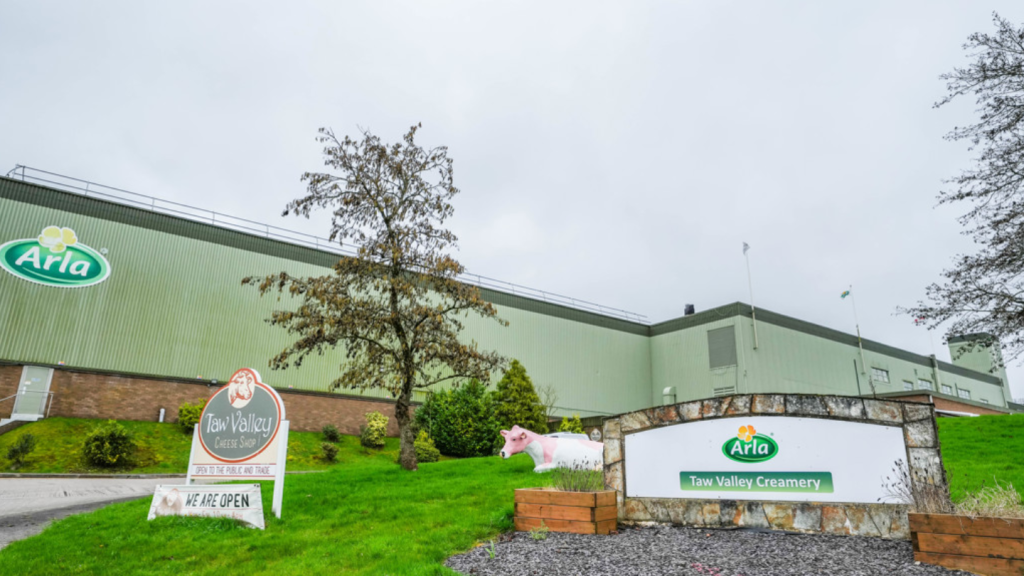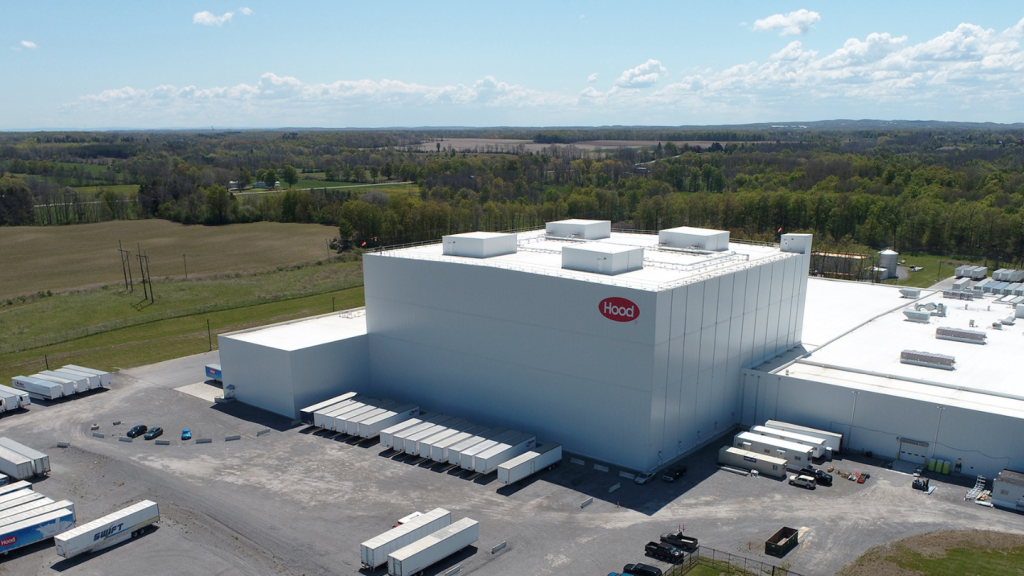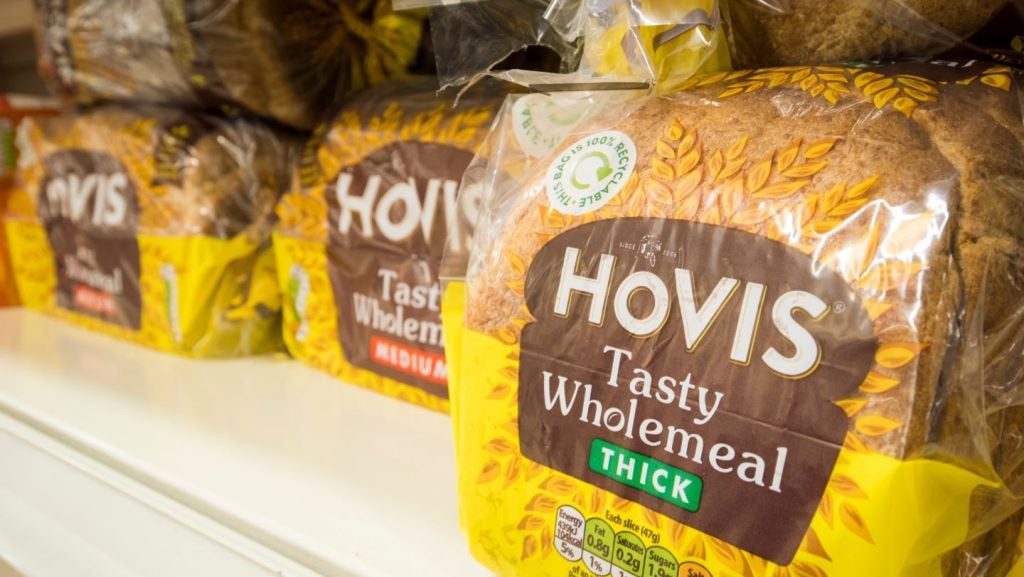Like many pet food businesses, during the Covid-19 pandemic, Hill’s Pet Nutrition saw sales of its products soar, fuelled by the craze for ‘lockdown pets’.
The US company – owned by Colgate-Palmolive – had enjoyed strong demand for its canned pet food and other wet pet care products leading up to the pandemic and this growth accelerated in 2020-2021, which created capacity issues.
So, Hill’s Pet Nutrition started exploring the idea of creating a new manufacturing facility in Kansas, which is where the business is headquartered.
Hill’s Pet Nutrition operates manufacturing sites in Kansas, in other US states and globally. Over the last few years, the business has rolled out different technologies as part of pilot projects in areas from productivity, automation, safety and meeting customer demand.
It took all of these learnings and implemented these technologies at its new 365,000 sq ft ‘smart’ manufacturing facility, which opened in Tonganoxie in October last year.
The site runs 24 hours a day, five days a week, and is equipped with AI, automation and robotic devices and other smart technology, to help improve speed to market by shortening the production cycle.
Just Food caught up with Chad Sharp, director of manufacturing for the Tonganoxie plant, to discover how the smart factory works.
Just Food: How did Hill’s Pet Nutrition use technology like robotics and automation across its manufacturing sites prior to the creation of the new smart facility?
Chad Sharp: We’re using it across the board for everything from incoming receipt of materials, material handling inspections, verifications throughout the site, and then as well there are different AI initiatives that we have put in place to improve our processes. When you talk about our company as a whole, one of the things that we really are looking to do is to embrace change and embrace the technology and the efforts around the technology that we can put in place.
We have different initiatives throughout the company that are talking about data and analytics, how we reimagine the future and what we need to do to truly come full circle and improve as a whole with the abilities and the capabilities that are now available. That was kind of the kick-off point for us for the smart factory. And then, as demand continued to grow for our products and was exceeding where our current capacity was, it married together the idea of new technologies and the ways that we can utilise technology with how do we expand capacity? It kind of all met up with a new facility and asking ‘what do we want that new facility to look like?’
Just Food: When did you start exploring the idea of creating a new manufacturing facility?
Sharp: We started somewhere around 2020. We really saw that inflection point of where demand [for our products] was starting to truly exceed capacity and we started to look at what did we need to do. In that 2020 to 2021 time period, we were able to really look at detailed design, location and all the other things that would go into a new manufacturing site.
Just Food: Was the intention always to create a smart factory?
Sharp: We always wanted it to be a smart factory, so that was always on the table for us. We think of it as a once-in-a-lifetime investment. We don’t have the ability to do these things very often so we wanted to do it right and we wanted to make sure that the smart factory elements were designed in and to really use that as the baseline for where we were going to go.
Just Food: How are you using robotics, automation and AI in the new factory?
Sharp: From the automation side and sanitary processes and engineering, we use that to leverage different technologies and capabilities. We integrated the controls and the robotics that are central to the ultra-modern plant design and we used that as kind of our centralised hub. That’s kind of the brains of our facility. Ultimately, we wanted to use the idea of the plant design and the robotics and all of the other things and centralise that into our ‘mission control centre’ and then we use that out across the plant.
One of the things we also built in was the fully enclosed systems. We want to limit the environmental impact that outside sources can have on our products – everything from all indoor storage and unloading to enclosed systems throughout so there’s no contaminants that could ever potentially get into our products.
In terms of automation and robotics, two of the big things and two of the most visible pieces of this are around AMRs – autonomous mobile robots – and then AGVs, or automated guided vehicles. We’re using those to help augment our employees’ time. We want to use the ability of these technologies to assist our team members in a way that means they can spend their time on value-added tasks. So, it’s not always ‘hey, I have to go grab this and put it over here’. We want them to spend their time truly understanding what’s going on and interpreting the information and the data and making good decisions from it.
Just Food: What sort of jobs are the guided vehicles and robotics undertaking?
Sharp: The AMRs literally supply the ‘heavy lifting’ to safely move ingredients and materials around the facility. For example, taking a pallet from point to point and utilising those from storage locations to use points – different aspects like that.
Just Food: Can you explain how the mission control centre works? Is it mainly controlled by humans or by machines?
Sharp: It’s a combination of the two. Mission control for us is that central point, that central command centre, which is strategically located in the middle of the facility. We wanted to make sure that it was an area where members can come and understand and really get a home base for us. From that [mission control] centre, they have visibility across the site, so they can see everything from the receiving side of our materials all the way through the packaging and shipping side of our products. We’ve given them the tools to really be able to see that both virtually and in person. It gives them that leg up so that even if they’re not physically there their span of control is wider.
Just Food: Is Hill’s Pet Nutrition also using smart sensors and monitors in the factory as well?
Sharp: We use smart sensors throughout. When you say smart sensors, there’s a lot of different interpretations of what that is but essentially what I interpret it as is we’re using items that will help us make good decisions, right? We’re using data analytics throughout our process to alert us to where does our focus need to be and that gives us that leg up to be able to troubleshoot quicker and ensure that everything stays in process or in control, as quickly and as consistently as possible.
Just Food: Are you using technology like predictive analytics in relation to the performance of your manufacturing machines?
Sharp: Yes, there’s a certain amount of predictive that we do. We certainly aim for predictive maintenance, to make us as reliable as possible. We do this by utilising different technologies to help us look for things like temperature [variations] and other factors. We also utilise the predictive side for manufacturing processes that will allow us to stay in control and centreline our making systems. This includes the process of product analytical variation.
Just Food: Is Hill’s Pet Nutrition using the tech it introduced in the smart factory in other sites already?
Sharp: This site has been the culmination of many of the learnings that we’ve had across our entire supply chain. So, we take pilot programmes that we’ve put in many of our other sites and tried to test and learn and then we’ve tried to implement the best of the best of those programmes here.
Just Food: In terms of what you’ve implemented in the smart factory, will you take some of the things that are working really well and deploy them across the company’s other sites?
Sharp: Yes. Many of the things we’ve implemented here have come from our other sites and I think what we have to do now is truly understand ‘okay, now that we rolled all this together, what can we learn from this? And how can we export that learning to some of our other facilities as well?’
Just Food: Is it easier to put smart technology into a new building or is it relatively straightforward to retrofit existing buildings with this kind of technology?
Sharp: It’s kind of a mixed bag. I think there are definitely aspects that are easier to put into a new building but there are also things that you can implement in many of our facilities. There’s a certain amount that is designer related, and you have to facilitate the design of the building through it, so it takes a little bit of brick and mortar to do some of those things. But I think that the biggest piece is the learnings that we get through this and how can you apply it across the business?
Just Food: Are you able to quantify any productivity improvements or gains that you’ve made in the smart factory?
Sharp: That’s hard for me to answer specifically because there’s some pieces that we want to keep to ourselves a little bit. I definitely believe from our initial start-ups we have learned a tremendous amount about what we do and how we do it and how can we control things within a smart factory. Something that our company is huge on is continuous improvement. So, what did we do today and how can we improve it for tomorrow? That’s kind of the cornerstone of what we do.
Just Food: And what about output: has the smart factory boosted Hill’s Pet Nutrition’s production capacity?
Sharp: Our facility was developed in big part because of the capacity problem and so certainly the capacity coming out of this facility has helped the overall network a great deal. The ultimate goal for us is to make sure that we make a 100% high-quality product and we get it on time when the customer wants it. Us giving more capacity to the network unlocks some of that potential.
Just Food: When automation and robotics are introduced, there can be fears about jobs. Hill’s Pet Nutrition says the new factory is ultimately going to generate 100 new roles. Is the technology enhancing what your colleagues are capable of doing and not replacing them?
Sharp: We certainly believe that’s the intent behind it. We want them to be focusing on high-value-added tasks and we developed our organisation to support them in high-value-added tasks. We want them to be the owner of their process and we want them to be able to have the information that they need at the time that they need it. We certainly believe that is the ultimate positive that comes out of this. We want them to be as successful as possible and grow within our company.
Just Food: Will you look to constantly evolve the smart factory as you seek to deliver continuous improvements across the business?
Sharp: Absolutely. The one thing that will always be constant is change. We have to continue to evolve with that change. The only way that we’re going to be successful is if we understand what’s the change that’s coming and how can we continue to evolve with it?


